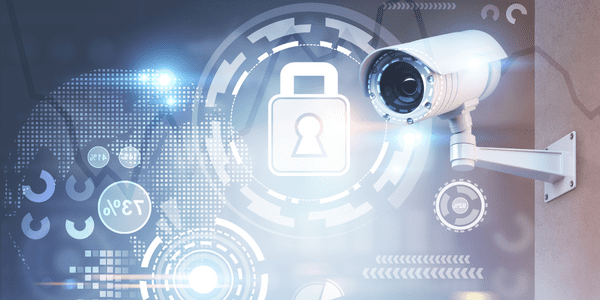
Let’s find what you’re looking for. Search our resources, blog, pages, and any other content on our website.
Traditionally, physical security and cyber security were managed by different departments who rarely, if ever, communicated with one another. In today’s environment, the line between the two is blurring, resulting in physical security becoming an essential part of cyber security.
The term physical security is described as the tools and processes a business uses to protect facilities, people, data, networks, hardware, and software against actions someone could take to physically attack or interfere with these elements.
A recent survey conducted by the Ontic Center for Protective Intelligence found that over 80% of business leaders agree with the following statements:1
It’s not always easy to bring physical and cyber security together because they are managed in different departments with leaders who view the security issue differently. But the move is on to make that convergence happen.
Consider the following example: if someone hacks into your access control system and lets a criminal onto your premises that gains physical access to your sensitive records, who do you call? Should you call your chief security Officer (CSO) or your chief information security officer (CISO)? Ideally, the two will work together to address the problem. And eventually, they may both work in the same department to provide all security services.
When physical services and cyber services meet, they often create a cyber-physical system (CPS). A CPS networks the interaction between computational and physical components.2 The technology is focused on developing the capability to integrate cyber and physical systems. It is different from IoT, which is intended to provide smart devices to machines that transmit data about the status of their operation.
In some cases, hackers have found that an easy way to steal your data is to obtain physical access to it. Once a hacker has access to your physical location, they can simply plug into an IP connection or walk off with a laptop. Hackers can also use physical security systems as attack vectors. Once they control your physical security systems, they can disable or reprogram them with disastrous results.
When physical and cyber security aren’t working together properly, your network is vulnerable to devastating zero-day attacks. Learn how to protect against zero-day attacks by downloading our free guide.
However, if your security services work in concert, you can:
At Access One, we understand how critical physical services are to our customers. That’s why we have partnered with Verkada, an award-winning company that protects people, assets, and privacy at scale with cloud-based building security systems.
Access One provides extensive, fully managed IT Security Services to help you protect your operations. In addition to physical security services, you may need services including:
The experts at Access One are available to assist. Get in contact with Access One if you want to ensure your physical security or take advantage of the other IT security services we can provide.
Sources
1 | https://ontic.co/wp-content/uploads/2022/01/2022-Ontic-State-of-Protective-Intelligence-Report.pdf
2 | https://blog.engineering.vanderbilt.edu/what-is-the-difference-between-cps-and-iot